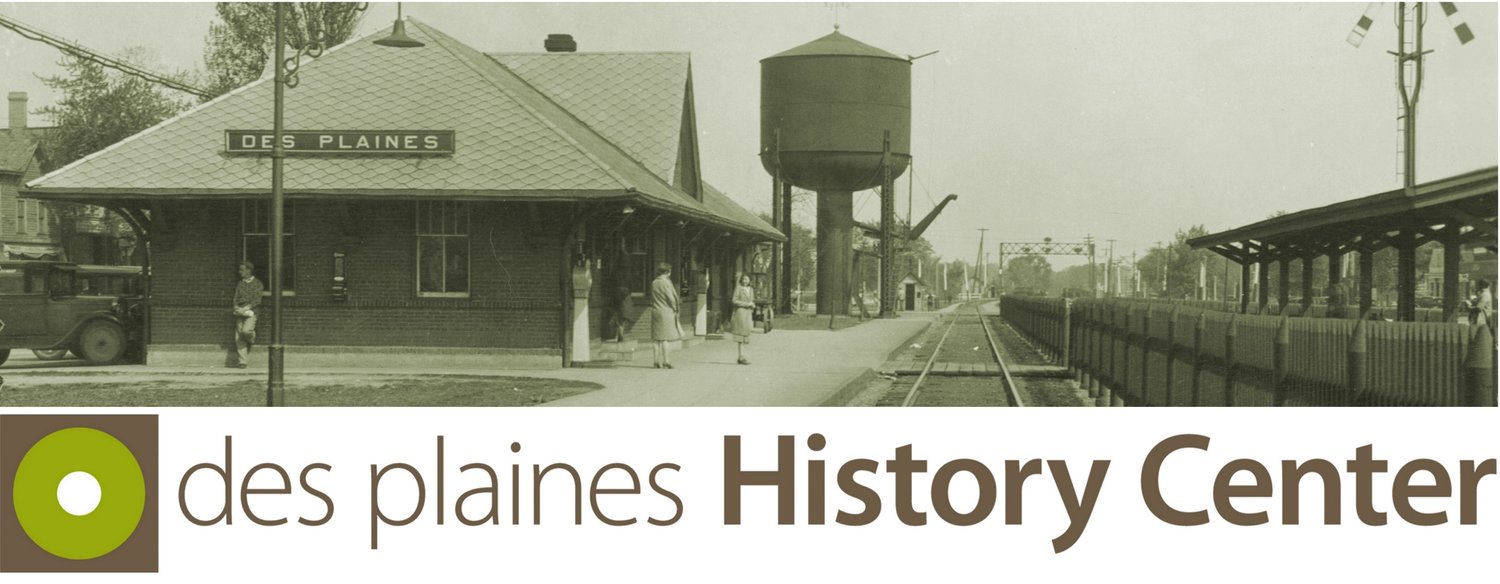2025 Higher Education Scholarship Essay
By Quintin Newbury
The COVID-19 pandemic created a period of intense conflict and controversy in the United States, exposing deep divisions across political, social, and economic lines. The government's response to the virus sparked debates about personal freedoms, public health measures, and the role of federal versus state authority. Political polarization fueled disagreements over mask mandates, lockdowns, and vaccination efforts, while misinformation and conspiracy theories further complicated the national response. The economic impact of the pandemic also highlighted disparities, with some groups facing greater hardships than others. In addition, the crisis brought up racial and social inequalities as well, as communities of color were disproportionately affected by the virus. These tensions, combined with ongoing debates about education and civil rights, made COVID-19a time of significant conflict and controversy in the U.S.
The COVID-19 pandemic revealed major weaknesses in America's public health system and healthcare infrastructure. Despite having advanced medical research capabilities and spending lots of money on healthcare, the scattered nature of the U.S. healthcare system made it difficult to coordinate responses during the emergency.
Public health departments had been underfunded for decades, leaving them with outdated technology and not enough staff to effectively test, trace contacts, and collect data. Cutting funding for public health preparation left America vulnerable despite its wealth and scientific knowledge, leading to calls for consistent funding and modernization of public health systems.
The pandemic exposed and worsened the deep social inequalities in the United States, particularly racial and economic disparities. Black, Hispanic, and Native American communities experienced much higher COVID-19 infection and death rates compared to white Americans. Essential workers, many from lower-income and minority backgrounds, faced greater risks without proper protection or paid sick leave. These inequalities stemmed from long-standing structural problems like limited healthcare access, housing segregation, and jobs that couldn't be done remotely. These stark differences renewed national conversations about systemic racism and economic inequality in American society.
COVID-19 intensified political divisions and turned public health into a partisan battleground. Mask-wearing, business closures, and vaccine acceptance became symbols of political identity rather than public health measures. Different media sources presented completely different stories about how serious the pandemic was and how to respond. State governors, rather than federal leaders, became the main
decision-makers, creating vastly different policies across state lines. The pandemic showed how American federalism allowed for regional flexibility but hindered national coordination, while revealing deep divisions in how Americans view personal freedom versus collective responsibility.
The pandemic transformed how Americans work and sped up technology adoption across many industries. Office workers quickly shifted to working from home, challenging traditional office-based models and sparking debates about the future of work. Many companies permanently adopted hybrid work policies, leading to significant migration from cities to suburban and rural areas as people could work from anywhere. Meanwhile, the term "essential workers" gained recognition as society acknowledged the critical importance of previously undervalued service jobs. These changes forced a reconsideration of work-life balance, where people live, and working conditions that continue to reshape American employment.
American schools faced unprecedented disruptions that worsened existing inequalities while also driving innovation. School closures affected more than 50 million K-12 students nationwide, with disadvantaged students suffering greater learning losses due to technology gaps, unstable housing, and reduced access to school support services. Colleges and universities switched to online teaching, potentially accelerating permanent changes in how education is delivered. The pandemic intensified debates about the purpose of education, the value of in-person learning, and how schools can better serve diverse student populations during both normal times and emergencies.
The COVID-19 pandemic revealed serious flaws in the U.S. healthcare system, deepened social and political divisions, and exposed inequalities in society. To address these challenges, we need to strengthen public health systems by investing in technology, staffing, and infrastructure while ensuring fair access to healthcare for all communities. Clear, consistent communication and combating misinformation are crucial to bridging the divide and fostering national unity. The shift to remote work and hybrid models during the pandemic offers an opportunity to rethink work-life balance and create flexible employment opportunities that can help reduce economic disparities. In education, we must address the digital divide and improve access to quality learning for disadvantaged students, while also embracing new methods of teaching. The lessons learned from the fragmented response to the crisis suggest a need for better coordination between federal and state governments. Finally, the pandemic encouraged many to rethink American values, such as individualism and economic priorities, pointing to the importance of building a more equitable society through stronger social programs. By addressing these issues, we can reduce divisions and create a more resilient, fairer future.
Sources
Public opinion about coronavirus is more politically divided in U.S. than in other advanced economies.
Disparities in COVID-19 related outcomes in the United States bv race and ethnicity pre-vaccination era: an umbrella review of meta-analyses.
The Coronavirus Pandemic's Economic Impact.
CDC COVID-19 Response Team reports and publications in the Morbidity and Mortality Weekly Report.
The COVID-19 Educational Equity Crisis.
Political Polarization in the Time of COVJD-19.
US Bureau of Labor Statistics.
